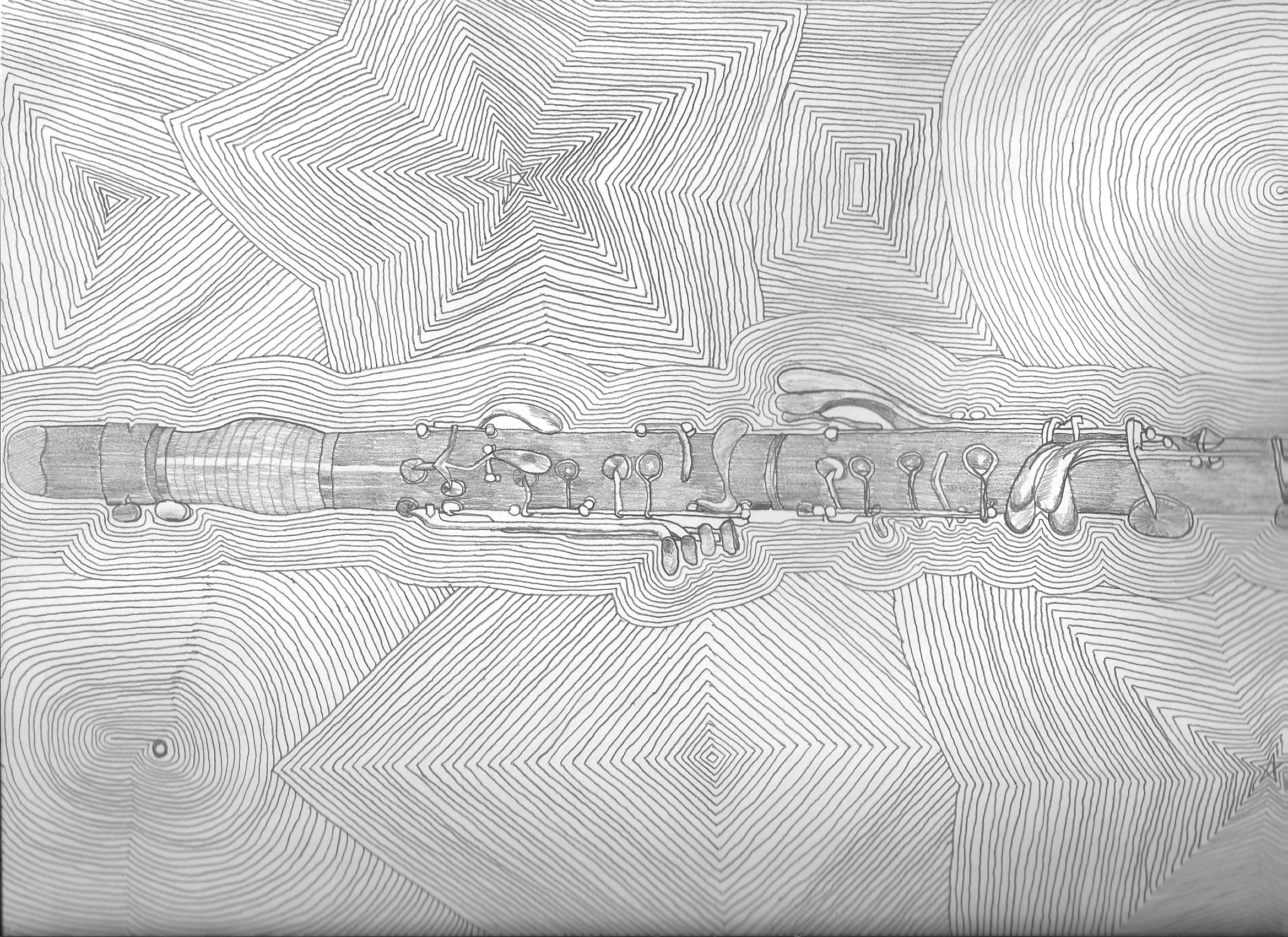-
Posts
2,649 -
Joined
-
Last visited
-
Days Won
221
PeterthePapercomPoser last won the day on December 21 2025
PeterthePapercomPoser had the most liked content!
About PeterthePapercomPoser

- Currently Viewing Topic: Fall 2025 Competition Poll
- Birthday April 10
Profile Information
-
Biography
Composer living in California who facilitates a short story writing class and also participates on writingforums.org. Working on creating a story and music based RPG maker role playing game. Interested in all arts. During the holiday season, I'm known as PeterPartakesofCornPudding. 🇵🇱 Click on the "About Me" tab on the right for a complete catalogue or press kit of my compositions!
-
Gender
Male
-
Location
California, USA
-
Occupation
Soon to be Mental Health Worker and Addictions Counselor
-
Interests
Musical Composition, Short Stories and books and different kinds of art. I did the cover art.
-
Favorite Composers
Tchaikovsky, Beethoven, Ravel, Stravinsky, Prokofiev, Lutoslawski (only the more tonal works), John Williams, Elliot Goldenthal, Jerry Goldsmith
-
My Compositional Styles
on paper/linear, thematic, harmonic language variable
-
Notation Software/Sequencers
Used to use Cakewalk Home Studio with Yamaha XG Midi soundbank. Now I write everything on paper and copy it into MuseScore. Also a very much beginning user of Reaper, although I don't foresee using it much given MS4's capabilities..
-
Instruments Played
Clarinet, Piano, Trumpet, French Horn, Acoustic Guitar, Chromatic Harmonica (in that order)
Recent Profile Visitors
PeterthePapercomPoser's Achievements
-
PeterthePapercomPoser started following Romance in do minor , Prose Poem #36 for Wind Quintet in B-flat ("Lonian"/Lydian b7+3) , Quaternions for Winds and 7 others
-
.thumb.png.8b5b433a341551e913a34392660bc95b.png)
Synth Pieces to start out the New Year!
PeterthePapercomPoser replied to layneleefilm's topic in Electronic
Hi Layne! @layneleefilm Nice synth pieces! The synth sounds make me think of 80's movie OST's! I recently saw the movie "Tron: Ares" which this reminds me of a little bit too. Running through the dark with its echoing theme towards the end reminds me of Friday the 13th OST. Did you put the wrong date in the title? It says 1-2-25 and 1-3-25 but it's 2026 now! Thanks for sharing and I hope you have a great year! -
.thumb.png.8b5b433a341551e913a34392660bc95b.png)
Youtube Channels?
PeterthePapercomPoser replied to Thatguy v2.0's topic in Music Appreciation: Suggest Works or Articles
This composer has an account here! https://www.youngcomposers.com/p19069/cyberpianist/ -
.thumb.png.8b5b433a341551e913a34392660bc95b.png)
Preludio for Solo Violin
PeterthePapercomPoser replied to Cafebabe's topic in Piano Music, Solo Keyboard
The last chord is impossible on Violin. You have a G, B, and G triple stop. The lowest string will be open on G then the next available string is the D string so I would advise using that since it's in the G major tonality. Then you could have a B above to complete the chord. That would be possible to play but currently it's impossible. -
.thumb.png.8b5b433a341551e913a34392660bc95b.png)
2025 Christmas Music Event!
PeterthePapercomPoser replied to PeterthePapercomPoser's topic in Monthly Competitions
Check out the conclusion to the event here: -
Hello @Patrick Compo-Classique! Welcome to the forum! Instead of posting a link to your whole YouTube channel here, you might have more luck engaging with the other members in the forum if you post one piece at a time with each in its own dedicated topic depending on ensemble/style of the music: https://www.youngcomposers.com/f5/upload-your-compositions-for-analysis-or-feedback/ Thanks for joining us!
-
.thumb.png.8b5b433a341551e913a34392660bc95b.png)
2025 Christmas Music Event!
PeterthePapercomPoser replied to PeterthePapercomPoser's topic in Monthly Competitions
Please refer to the following 2025 Christmas Music Event Reviews Spreadsheet to make sure that you have reviewed all the entries in the event and will receive the "2025 Christmas Reviewer" Award! - ! -
.thumb.png.8b5b433a341551e913a34392660bc95b.png)
2025 Christmas Music Event!
PeterthePapercomPoser replied to PeterthePapercomPoser's topic in Monthly Competitions
It is now 2026 and the Christmas Music Event is closed to further submissions! But stay tuned for the Conclusion thread to be released! -
Hi @Luis Hernández! I think I remember hearing this piece from you in some Christmas Event from year's past. I love the simplicity of this piece - it shows that you don't need to write overly complex music to write something that is quite sophisticated and brings up some quite somber and serious emotions. It also brings a sense of timelessness and constant surprise. Like @Thatguy v2.0 mentioned, I think it is better to listen to it without the score. I think in my case it also induces a kind of trance or altered state of consciousness. Thanks for sharing and Happy New Year!
-
Hey @Aiwendil! Very cool brass quintet! It's definitely very Christmassy and in an original way is difficult to achieve! I have also used a brass ensemble (a brass octet) in my 3rd Christmas Mash-up this year. You can judge for yourself whether it's any good LoL. I think your rendition is much better than mine as I just used Musesounds. I do wonder why you chose the specific instruments that you did. Why you chose the D Trumpet is obvious since the piece is in D. But why the Bb trumpet instead of another D trumpet or a C trumpet? Thanks for sharing and Happy New Year!
-
.thumb.png.8b5b433a341551e913a34392660bc95b.png)
Jingle Bells and Dashing Through the Snow
PeterthePapercomPoser replied to chopin's topic in Piano Music, Solo Keyboard
Hey @chopin I feel like this fragment is so short that you should have included at least one more repeat of the material perhaps with some kind of variation or switching up of the voices? Also, I'm sure you know that "Jingle Bells" and "Dashing through the snow" are lyrics from the same Christmas Carol "Jingle Bells" just in different sections. For that reason, I think it would be difficult to make a full fledged piece out of it, since you have already spent all your melodic material in the first 8 seconds. Although it is good to note that the melodies can be combined contrapuntally this way in case someone were to ever want to make use of this mash-up in some longer work (that's partially why I am doing my own Christmas Mash-ups too - in case I ever want to steal those ideas in some other more substantial Christmas piece). Thanks for sharing and Happy New Year! -
Hey again @Wieland Handke I do feel like this one is more outdoorsy and pastorale. I do hear the Bach quote clearer in this one too. The Empty Church is much more somber and quiet. This one, with is full fledged instrumentation is much more joyful and celebratory. Perhaps this one is meant for the joy of the arrival of Christmas Day, while the Empty Church is meant for the yearning of Christmas Eve? Thanks for sharing and Happy New Year!
-
Hey @Wieland Handke! I love the quiet atmosphere! Might this be a piece of music intended to be played during the Church's vespers or evening prayers? Very interesting instrumental combination. I do interpret it as music intended to set the mood for the occasion or be background for a vesper service. Because of your quote of Bach's "Where Sheep May Safely Graze" (or was it "Sleeper's Wake!"? I always get those two mixed up...) I was almost led to include my own Bach quote in my Christmas Scherzo in the Trio section of the Scherzo, but I am happy that I decided against it, as the Trio I came up with is better suited to the piece imo. Thanks for sharing and Happy New Year!
-
.thumb.png.8b5b433a341551e913a34392660bc95b.png)
(Very Casual) Christmas Mesh Up
PeterthePapercomPoser replied to HoYin Cheung's topic in Chamber Music
Hi again @HoYin Cheung I find reviewing pieces like this very strange because I can hear some themes in this that sound familiar and I can't be sure if it's because your using pre-existing Christmas Carol themes or if you're varying something/mashing it up or if it's just a slight allusion to other themes. So I don't know which aspects of the composition are your own original work and how much is taken from other pieces. I have done 3 Christmas Mash-up's this year myself and I try to give the listener clues letting them know what to listen for and which Christmas Carols I'm using in my renditions. Thanks for sharing and Happy New Year! -
Hey @Vavrinec! Wonderful wintry atmosphere! I love how you change up the tempo and meter in the middle of the piece to give it an infusion of fresh excitement before returning to the scherzo, or perhaps minuet-like 6/8 section. You also cleverly leave out the string in the 2/4 part which also brings its own contrast. Great job and thanks for sharing! Happy New Year!
-
Hello @J. Lee Graham! Very nice fugue! This fugue made me realize that I could do yet another Christmas Mash-up between "O, Christmas Tree", "Hark! The Herald Angel's Sing!" and "We wish you a Merry Christmas"! They all start with either an ascending 4th anacrusis or in the case of "Hark!" an ascending 4th on the strong beat. I also love the Harpsichord here. I used to hate the sound of Harpsichords, but somehow I have learned to love them. I think the fugue is perfect for how long it is - I think if would be difficult to write a full-blown longer fugue-fantasia with this subject. Already I have to complain about your repetition of a sequence 5 times in a row between measures 28 - 37. Usually Bach would try to limit such repetitions to 3 or maybe 4 times in a row before varying them. But other than that nitpick I really enjoyed this fugue! Thanks for sharing and Happy New Year!













